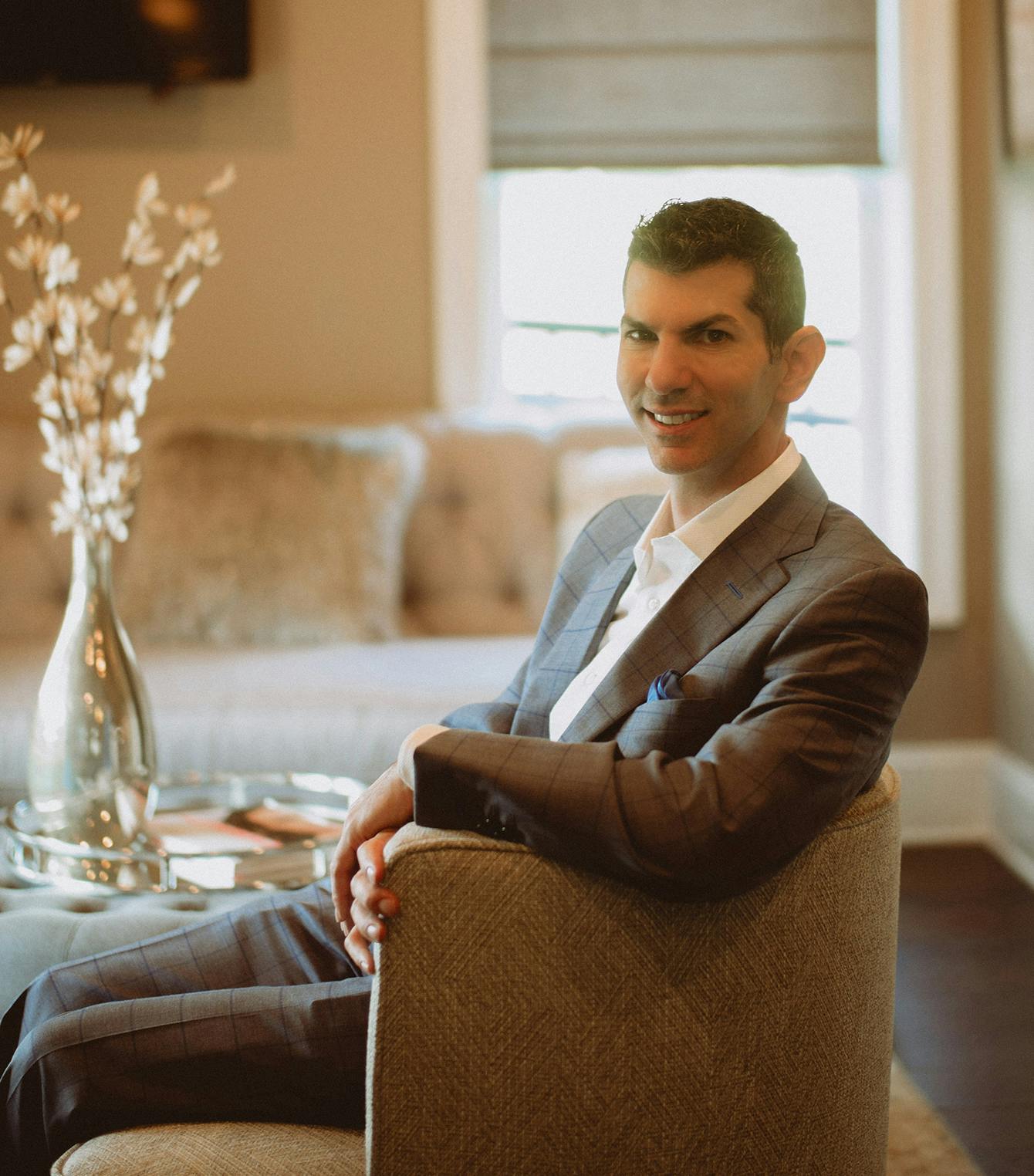If you’re feeling frustrated by the appearance of bands or lines in the forehead or brow areas, a forehead lift or browlift can restore a more youthful, refreshed look to the area above the eyes. This procedure corrects drooping brows and improves the horizontal lines and furrows that can make a person appear angry, sad, or tired.
The Best Candidates for a Forehead Lift
A forehead lift is most commonly performed in the 40 to 60 age range to minimize the visible effects of aging. It can also, however, help people of any age who have developed furrows or frown lines due to stress or muscle activity. Individuals with inherited conditions, such as a low, heavy brow or furrowed lines above the nose can achieve a more alert and refreshed look with this procedure.
A forehead lift is often performed in conjunction with a facelift to provide a smoother overall look to the face. Eyelid surgery (blepharoplasty) may also be performed at the same time as a forehead lift, especially if you’re experiencing a significant degree of skin overhang in the upper eyelids. Sometimes, patients who believe they need upper-eyelid surgery find that a forehead lift better meets their surgical goals.
Patients who are bald, who have a receding hairline, or who have had previous upper-eyelid surgery may still be good candidates for forehead lift. Dr. Cappuccino will simply alter the incision location or perform a more conservative operation.












